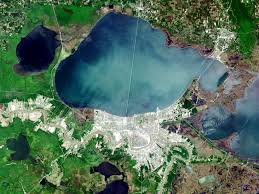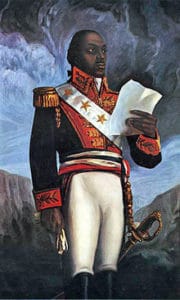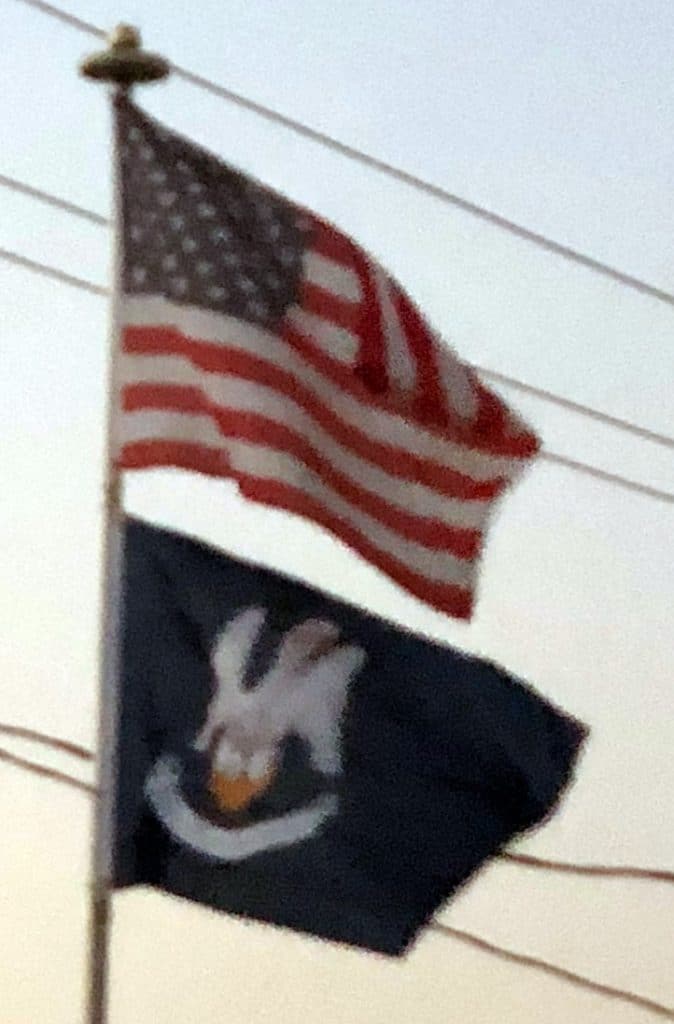Initially, Mobile and then Biloxi served as the capital of La Louisiane. Recognizing the importance of the Mississippi River to trade and military interests, and wanting to protect the capital from severe coastal storms, France developed New Orleans from 1722 as the seat of civilian and military authority south of the Great Lakes. From then until the United States acquired the territory in the Louisiana Purchase of 1803, France and Spain jockeyed for control of New Orleans and the lands west of the Mississippi.
France ceded most of its territory to the east of the Mississippi to Great Britain in 1763, in the aftermath of Britain’s victory in the Seven Years’ War (generally referred to in North America as the French and Indian War). The rest of Louisiana, including the area around New Orleans and the parishes around Lake Pontchartrain, had become a colony of Spain by the Treaty of Fontainebleau (1762).

In 1765, during Spanish rule, several thousand French-speaking refugees from the region of Acadia (now Nova Scotia, New Brunswick, and Prince Edward Island, Canada) made their way to Louisiana after having been expelled from their homelands by the British during the French and Indian War. They settled chiefly in the southwestern Louisiana region now called Acadiana. The Spanish, eager to gain more Catholic settlers, welcomed the Acadian refugees, the ancestors of Louisiana’s Cajuns.

Spanish Canary Islanders, called Isleños, emigrated from the Canary Islands of Spain to Louisiana under the Spanish crown between 1778 and 1783.
In 1800, France’s Napoleon Bonaparte reacquired Louisiana from Spain in the Treaty of San Ildefonso, an arrangement kept secret for two years.
Louisiana Purchase:
When the United States won its independence from Great Britain in 1783, one of its major concerns was having a European power on its western boundary, and the need for unrestricted access to the Mississippi River. As American settlers pushed west, they found that the Appalachian Mountains provided a barrier to shipping goods eastward. The easiest way to ship produce was to use a flatboat to float it down the Ohio and Mississippi Rivers to the port of New Orleans, where goods could be put on ocean-going vessels. The problem with this route was that the Spanish owned both sides of the Mississippi below Natchez.
Napoleon’s ambitions in Louisiana involved the creation of a new empire centered on the Caribbean sugar trade. By the terms of the Treaty of Amiens of 1802, Great Britain returned ownership of the islands of Martinique and Guadeloupe to the French. Napoleon looked upon Louisiana as a depot for these sugar islands, and as a buffer to U.S. settlement. In October 1801 he sent a large military force to take back Saint-Domingue (later-day Haiti), then under control of Toussaint Louverture after a slave rebellion.

When the army led by Napoleon’s brother-in-law Leclerc was defeated, Napoleon decided to sell Louisiana.
Thomas Jefferson, third President of the United States, was disturbed by Napoleon’s plans to re-establish French colonies in America. With the possession of New Orleans, Napoleon could close the Mississippi to U.S. commerce at any time. Jefferson authorized Robert R. Livingston, U.S. Minister to France, to negotiate for the purchase of the City of New Orleans, portions of the east bank of the Mississippi, and free navigation of the river for U.S. commerce. Livingston was authorized to pay up to $2 million.
